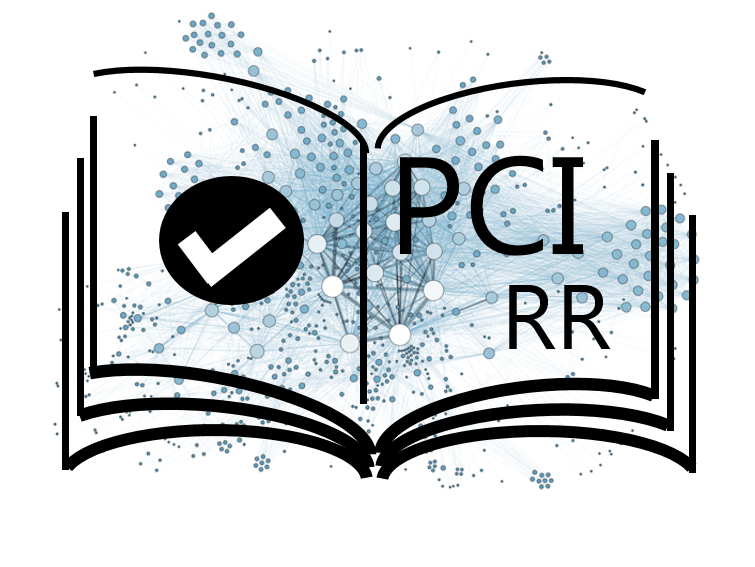Review: 1
The effect of stimulus saliency on the modulation of ongoing neural oscillations related to thermonociception: a Registered Report
Are there oscillatory markers of pain intensity?
Recommended by Zoltan Dienes based on reviews by Markus Ploner and Bjoern HoringRhythmic changes in pain can lead to corresponding modulations of EEG amplitudes in theta, alpha, and beta bands. But the question remains open as to whether these modulations are actually tracking pain, or maybe rather saliency or stimulus intensity. The question is of some importance because a marker of pain per se could be useful for tracking felt pain without a verbal response, and could be useful in investigating interventions for treating pain (such as suggestion). Here, Leu et al. (2025) addressed the question of whether modulations reflect saliency or else the intensity of pain, by using an oddball paradigm in which most trials are a pain stimulus of a certain intensity, and oddball trials will sometimes occur, at either a higher intensity or a lower intensity than the baseline ones. If the modulations reflected salience, the modulation at the frequency of the oddball would be similar for high and low intensity oddballs. However, if the modulations reflected pain intensity, the modulations for the low rather than high oddball condition would be lower.
In fact, the baseline and oddball stimulations were found to be perceived significantly differently only in the high oddball condition; and consistantly, the oddballl stimulus significantly modulated ongoing oscillations in only the high oddball condition. Thus, whether oscillations are modulated by pain intensity or salience could not be picked apart in this study. The study does however raise an important isssue, indicate how it could be addressed, and provide data relevant for clearly resolving the issue in the future.
The Stage 2 manuscript was evaluated over two rounds of in-depth peer review. Based on detailed responses to the reviewers' comments, the recommender judged that the manuscript met the Stage 2 criteria for acceptance.
URL to the preregistered Stage 1 protocol: https://osf.io/qbrf2
Level of bias control achieved: Level 6. No part of the data or evidence that was used to answer the research question was generated until after IPA.
Level of bias control achieved: Level 6. No part of the data or evidence that was used to answer the research question was generated until after IPA.
List of eligible PCI RR-friendly journals:
- Advances in Cognitive Psychology
- Brain and Neuroscience Advances
- Cortex
- F1000Research
- Imaging Neuroscience
- In&Vertebrates
- NeuroImage: Reports
- Peer Community Journal
- PeerJ
- Psychology of Consciousness: Theory, Research and Practice
- Royal Society Open Science
- Studia Psychologica
References
1. Leu, C., Forest, S., Legrain, V., & Liberati, G. (2025). The effect of stimulus saliency on the modulation of pain-related ongoing neural oscillations: a Registered Report [Stage 2]. Acceptance of Version 3 by Peer Community in Registered Reports. https://osf.io/98edq
1. Leu, C., Forest, S., Legrain, V., & Liberati, G. (2025). The effect of stimulus saliency on the modulation of pain-related ongoing neural oscillations: a Registered Report [Stage 2]. Acceptance of Version 3 by Peer Community in Registered Reports. https://osf.io/98edq


